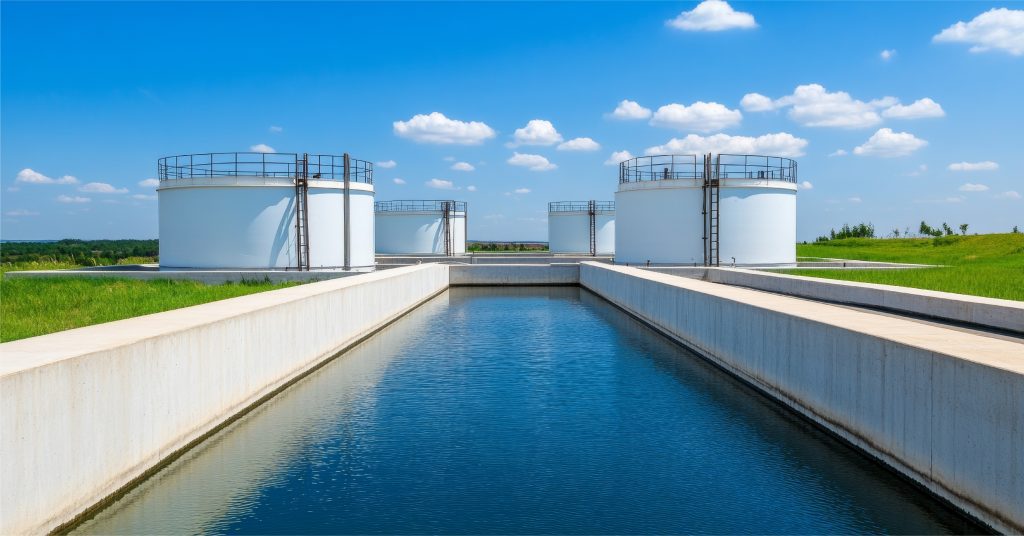Access to clean and safe drinking water is a basic human need, yet many people in Kenya face significant challenges when it comes to obtaining pure water. One major issue affecting water quality in Kenya is turbidity, a measure of how clear or cloudy the water is. Elevated levels of turbidity not only make water visually unappealing but also pose serious health risks, as turbidity often indicates the presence of harmful contaminants such as bacteria, viruses, and chemicals.
Reducing turbidity is therefore essential to ensuring safe drinking water for communities across Kenya. This blog explores what turbidity is, how it can be measured, and the various techniques available to reduce turbidity in drinking water.
What is Turbidity?
To understand why reducing turbidity is important, it is crucial to first define what turbidity is. Turbidity refers to the cloudiness or haziness of water caused by the presence of suspended particles such as sediment, organic matter, algae, and microorganisms. These particles scatter light, giving the water a murky appearance. In natural water bodies, turbidity can increase due to various factors such as soil erosion, runoff from agricultural land, industrial waste discharge, and the growth of algae.
Additionally, excessive turbidity can interfere with water disinfection processes, making it harder to eliminate harmful organisms. Given these risks, addressing turbidity in Kenya’s drinking water is crucial to ensuring that communities have access to safe and reliable water sources.
How Turbidity is Measured: The Role of Turbidity Sensors and Meters
Measuring turbidity accurately is essential for monitoring water quality and determining the effectiveness of water treatment processes. This is where turbidity sensors and turbidity meters come into play.
- A turbidity sensor is a device that detects the level of turbidity in water by measuring the amount of light scattered by suspended particles.
- A turbidity meter is another tool used to measure turbidity levels, typically expressed in Nephelometric Turbidity Units (NTU).
Common Techniques to Reduce Turbidity in Drinking Water
There are several methods available to reduce turbidity in drinking water, ranging from physical filtration to chemical treatment. Here are some of the most effective techniques:
- Filtration: Filtration is one of the most common and effective ways to remove suspended particles from water. Various materials, including sand, gravel, and membranes, can be used to filter out particles and reduce turbidity.
- Coagulation and Flocculation: This chemical treatment process involves adding coagulants to the water, which causes small suspended particles to clump together into larger particles (flocs). These flocs are then easier to remove through sedimentation or filtration.
- Sedimentation: In this method, water is allowed to sit undisturbed for some time, during which the suspended particles settle to the bottom. The clear water can then be skimmed off the top.
- Disinfection: While disinfection primarily targets pathogens rather than particles, it is still an important step in ensuring that water with reduced turbidity is safe to drink. Chlorination and ultraviolet (UV) treatment are common disinfection methods that kill harmful microorganisms, ensuring that the treated water is safe for consumption.
How Ion Exchange Reduces Turbidity in Kenya’s Drinking Water Supply
Drinking water used for potable purposes must meet the standards outlined in IS 10500, ensuring it is clear, free from objectionable color, taste, or odor, and low in dissolved solids and hardness. It must also be free from pathogenic bacteria that can cause diseases. Ion Exchange, a pioneer in potable water treatment solutions in India, offers innovative solutions under its flagship brand ZeroB. Their range of drinking water purifiers employs advanced technologies like reverse osmosis, ultrafiltration membranes, electrochlorination, ozonation, and resins to purify surface and groundwater, making it safe and suitable for drinking.
- Point-of-Use Purifiers for Homes (ZeroB)
- Water Treatment Systems for Institutions
- Rural & Community Water Treatment Systems
- Containerized water Treatment Systems
Conclusion
Reducing turbidity in drinking water is critical to improving water quality and protecting public health in Kenya. Techniques such as filtration, coagulation, sedimentation, and disinfection are highly effective at removing suspended particles and making water safer to drink. Additionally, advanced tools like turbidity sensors and turbidity meters play a crucial role in monitoring water clarity and ensuring that treatment processes are working as intended. By investing in these technologies and educating communities about water safety, Kenya can make significant strides in reducing turbidity and ensuring that clean, safe drinking water is available to all.


